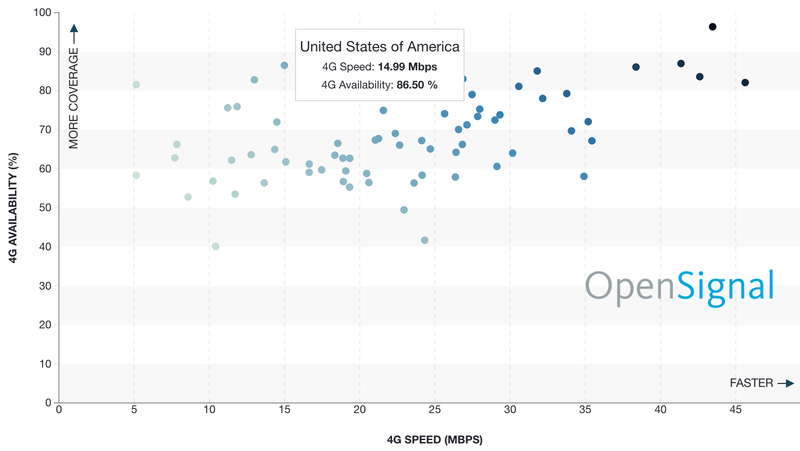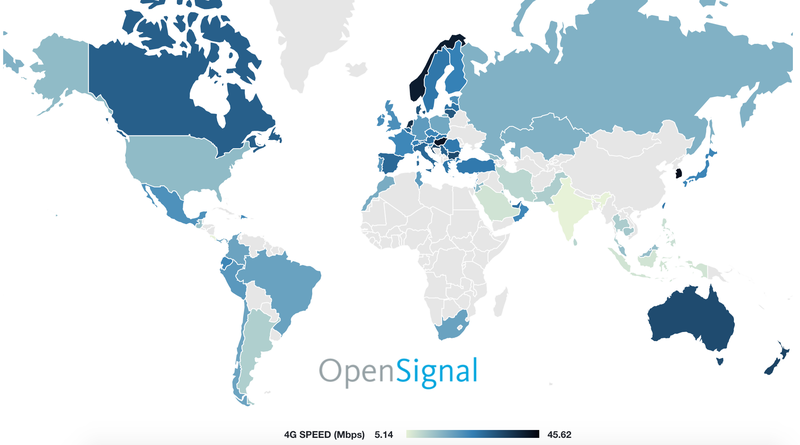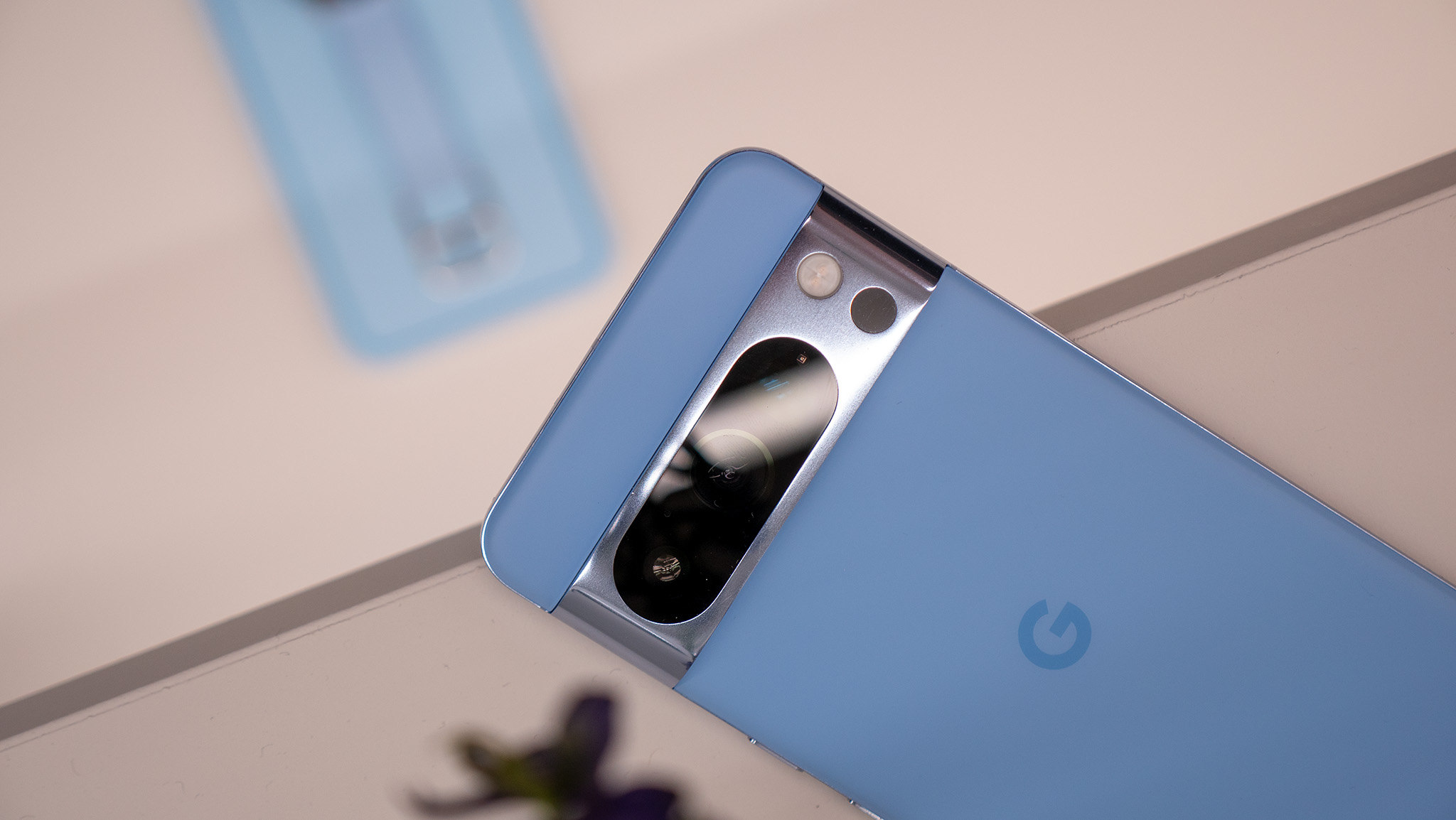U.S. has some of the best LTE coverage in the world, but still lags behind in speed

OpenSignal has released the latest version of its "State of LTE" report, which combines data on LTE networks in 75 countries around the world to give us insightful metrics into how countries are performing and compare to one another. OpenSignal compiles this data from over 550,000 users of its mobile app, which calculates network speed and availability in real-world settings rather than theoretical or controlled tests — this report is based on nearly 20 billion data points collected in the first three months of 2017.
In order to rank countries, OpenSignal focuses on two metrics that are important to the way we use devices: LTE network availability across the country (not just geography covered, but actual real-world data availability), and the average speeds you can get when connected.
LTE availability worldwide has taken a solid jump thanks to Jio's emergence in India — 16 monitored countries now have 80%+ LTE availability, and just 19 have less than 60%. When it comes to speed, some of the top performers continue to impress: Singapore, South Korea, Hungary and Norway all average over 40 mbps download speeds, while 15 countries average over 30 mbps.
U.S. average network speeds continue to be weak on the world stage.
Looking at the U.S. in particular, improvements have been made but the country is still behind many. Since the November 2016 report, the U.S. has moved up six spots in LTE availability across the country, landing in 4th place with LTE being available to users 86.5% of the time — that's just barely above Hong Kong, but underneath Norway (86.96%), Japan (93.48%) and South Korea (96.38%). The biggest gulf remains in LTE download speeds, where the U.S. averages just 15 mbps — that's in the bottom quarter of the list, and just one-third the speed of the leader, Singapore.
The U.S. (86.5%) bests its neighbors Canada (81.1%) and Mexico (69.04%) in terms of LTE availability, but comes in well behind both countries in terms of average LTE speeds: Canada averages 30.58 mbps, while Mexico averages 22.36 mbps, on the download.
If you're at all interested in how these networks operate around the world, be sure to read the full State of LTE report from OpenSignal — it's filled with troves of great insight into how people around the world are staying connected using LTE.
Get the latest news from Android Central, your trusted companion in the world of Android

Andrew was an Executive Editor, U.S. at Android Central between 2012 and 2020.


